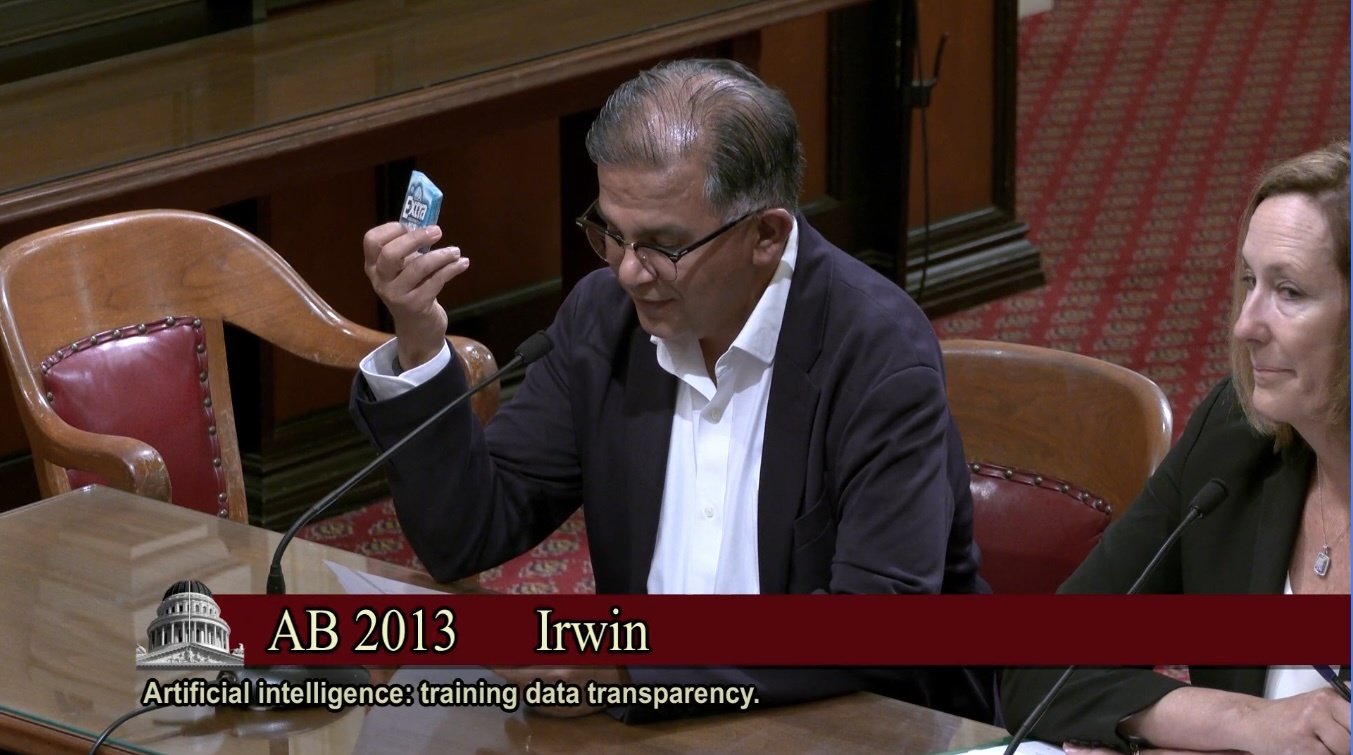Embracing Open Source: The Rise of the OpenWrt One Router
Open-source technology has long been a beacon of innovation, challenging conformity and fostering community-driven advancements. Now, as we approach the 20th anniversary of OpenWrt, a project that began as a rebellion against proprietary hardware, we’re on the brink of a new era with the introduction of the OpenWrt One router. This significant milestone, announced by a consortium of developers on January 9, 2024, marks the first attempt by the OpenWrt community to create their own hardware solution, in conjunction with partners like MediaTek and BPI Tech.
 The innovative OpenWrt One router brings open-source ethos to hardware.
The innovative OpenWrt One router brings open-source ethos to hardware.
The Journey from Software to Hardware
OpenWrt has long served as the backbone for over 1800 routers, empowering users with flexibility and regular updates. Its inception was rooted in a dispute with Linksys, which refused to disclose modifications made to the Linux kernel used in its devices. This battle against proprietary control ignited a flame within the development community, leading to the creation of OpenWrt as a way to reverse the trend of “locked” devices.
Reflecting on this long history, I can’t help but admire the tenacity displayed by open-source developers. In my early days experimenting with various firmware options, I encountered the versatile offerings of OpenWrt that turned mundane routers into powerful networking tools. My personal journey led me from basic wireless setups to creating robust VPN solutions, all thanks to the flexibility that OpenWrt afforded.
A New Player in the Game
The announcement of the OpenWrt One is not just a technical novelty; it’s a statement. In an era where device manufacturers often prioritize profit over user autonomy, the emergence of a standardized hardware platform catering to the open-source community is revolutionary. I have encountered too many frustrating moments with proprietary firmware that disrupts my home network’s efficiency. The prospect of OpenWrt’s capabilities being directly manifested in hardware excites me as much as it does countless others.
As we navigate this new development, it’s essential to recognize the collaborative efforts behind it. Engaging with manufacturers like MediaTek, renowned for their chipsets, and BPI Tech, known for affordable hardware solutions, could catalyze a wave of adoption. I envision a future where the DIY spirit permeates home networks, enhancing security and customization for users worldwide.
The Specifications and What They Mean for Users
With the OpenWrt One router in beta testing, the community is understandably eager to see how it holds up against traditional models. Early benchmarks and specifications will be critical not only for establishing its performance but also for determining how it can surpass existing products. Ultimately, the aim is to provide a capability-rich device, integrating myriad features like enhanced security protocols, including WireGuard support, and seamless VPN configurations.
What’s refreshing about this initiative is the transparency the OpenWrt community has committed to throughout its development. While proprietary manufacturers often keep their specifications hidden under layers of legal jargon, the entire OpenWrt community is encouraged to contribute insights and feedback during this publicly accessible beta phase. In today’s landscape, that level of openness is often rare.
“The future of home networking lies in community-driven solutions, shaping an environment that values user control and security.”
Impact on Home Networking Trends
The launch of the OpenWrt One router signifies a shift in the landscape of home networking. Users are becoming increasingly conscious of data privacy and security. As Wi-Fi-enabled devices proliferate in our environments, the need for personalized solutions that cater to unique user needs is becoming non-negotiable. With the rise in interest surrounding tools that help secure home networks, events like these capture attention.
I recall setting up my own VPN router using OpenWrt, a task that at first seemed daunting. However, understanding and following open-source guidelines and community expertise transformed the experience into an educational journey, enabling me to create a more secure household network.
As manufacturers begin to recognize the demand for customizable solutions, perhaps we can expect more partnerships similar to the one that birthed the OpenWrt One. The directives driving this collaboration allow developers to think outside the box, ensuring that the consumer ultimately benefits from enhanced choices and capabilities.
Conclusion: A Hopeful Look Ahead
As we celebrate the accomplishments of the OpenWrt community over the last two decades, the OpenWrt One router stands as a promising step into the future. This endeavor not only sets the stage for additional innovative projects but also enhances our collective understanding of the vital role of open-source hardware. I believe this is just the beginning of a more empowered consumer experience, driven by the very essence of community collaboration.
Looking ahead, I am excited to see how the OpenWrt One performs in real-world scenarios. Will it redefine our expectations of home networking? The next few months will surely reveal if the community’s aspiration turns into a new standard for routers or if it remains a piper’s dream.
Further Reading
For more insights into the configuration of OpenWrt routers, consider setting up your Zyxel PMG3000 for Telekom-Glasfaser or explore testing VPN routers with OpenWrt.


 Photo by
Photo by 












